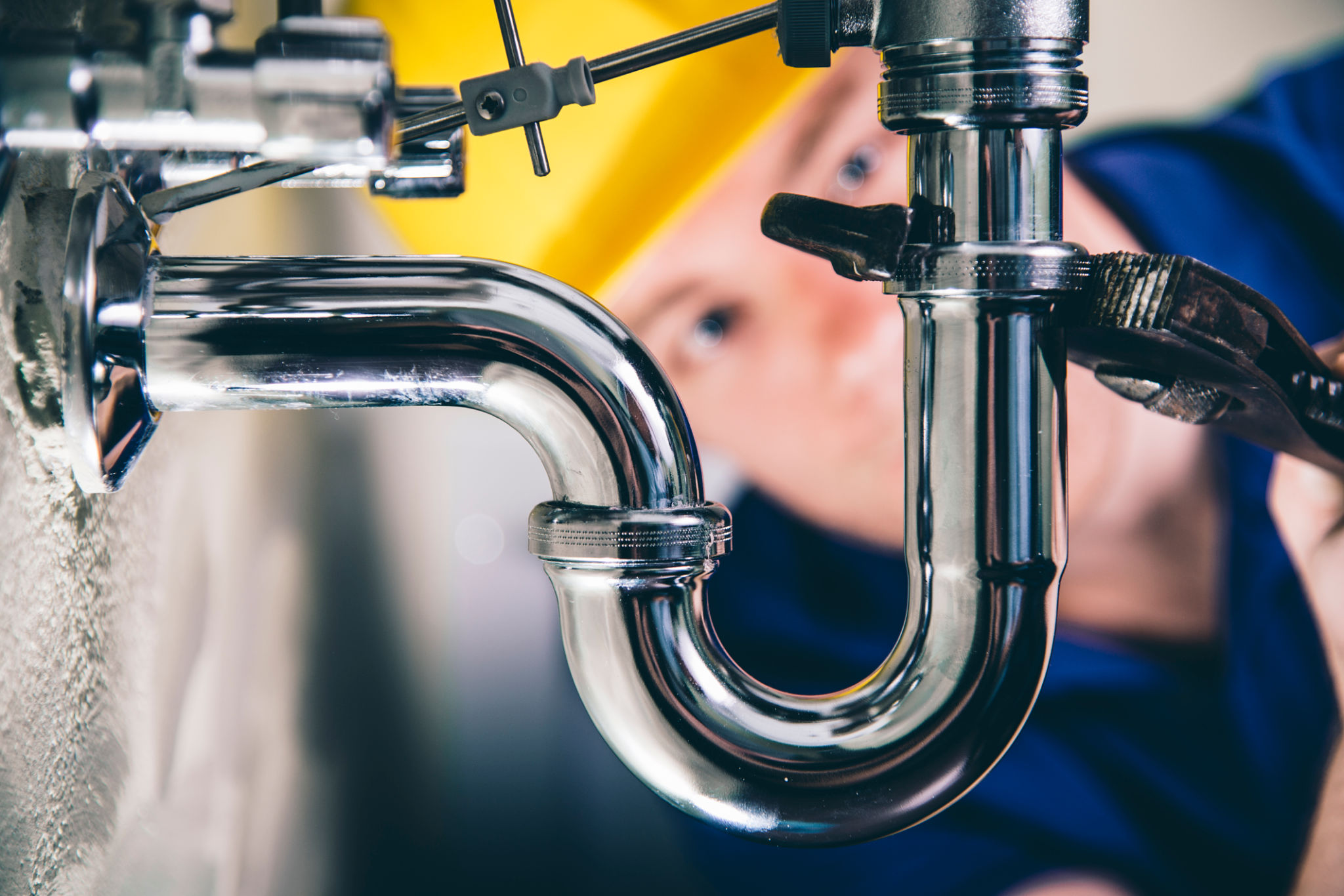What to Do During a Plumbing Emergency: A Step-by-Step Guide
Assess the Situation
When a plumbing emergency strikes, the first step is to stay calm and assess the situation. Take a moment to determine the severity of the problem. Is it a small leak, a burst pipe, or a blocked drain? Understanding the nature of the issue will help you decide on the best course of action.
Identifying the source of the problem is crucial. Look for visible signs like water puddles or listen for sounds of running water. This initial assessment can prevent further damage and guide your next steps.

Turn Off the Water Supply
Once you have assessed the situation, your immediate task is to stop the water flow. Locate the main water shut-off valve in your home, which is usually found near the water meter or in the basement. Turn it off to prevent any more water from flooding your home.
If the problem is isolated to a specific fixture, such as a sink or toilet, you can turn off the water supply directly at that fixture. This can often be done using a valve located beneath or behind it.
Mitigate Further Damage
After halting the water flow, focus on minimizing any further damage. Use towels or a mop to soak up standing water and prevent it from spreading to other areas. If possible, move furniture and other valuables away from the affected area.

For severe leaks, consider using a bucket to catch dripping water or tape to temporarily seal a minor pipe crack. These quick fixes can buy you some time until professional help arrives.
Call a Professional Plumber
Once you've taken immediate action to control the situation, it's time to call a professional plumber. Explain the problem clearly, providing details about what you've observed and what steps you've already taken. This information will help them prepare and respond more effectively.
While waiting for the plumber, avoid using any plumbing fixtures to prevent exacerbating the issue. If necessary, inform household members of the need to avoid certain areas or appliances.

Document the Damage
It's important to document any damage caused by the plumbing emergency for insurance purposes. Take photos of affected areas, including any damaged belongings or structural issues. This documentation will be valuable if you need to file a claim with your insurance company.
Keep receipts for any emergency repairs or services provided by plumbers, as these may also be required by your insurer.
Prevent Future Emergencies
Once the immediate crisis is resolved, take proactive steps to prevent future plumbing emergencies. Regular maintenance is key. Have your plumbing system inspected periodically by a professional to catch potential issues early.
Consider installing water leak detectors, which can alert you to leaks before they become major problems. Additionally, ensure everyone in your household knows where the main shut-off valve is located and how to operate it.
By following these steps during a plumbing emergency, you can minimize damage and ensure a quicker resolution. Acting swiftly and decisively is crucial in protecting your home and belongings from water-related disasters.